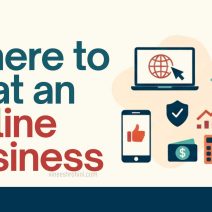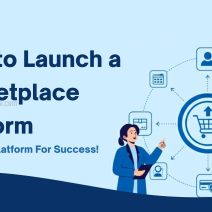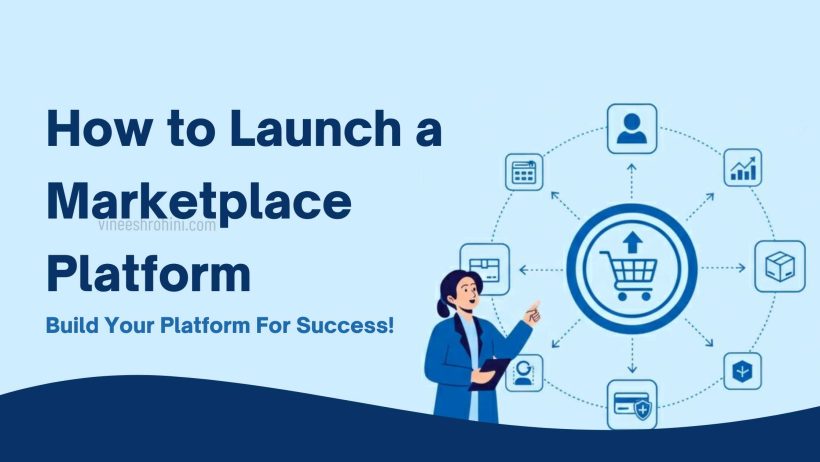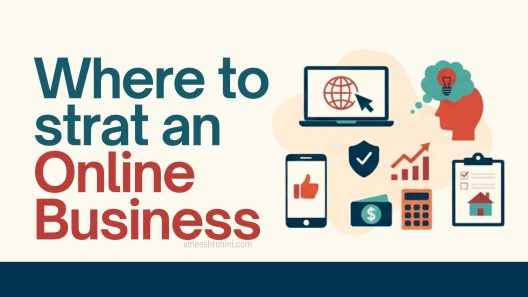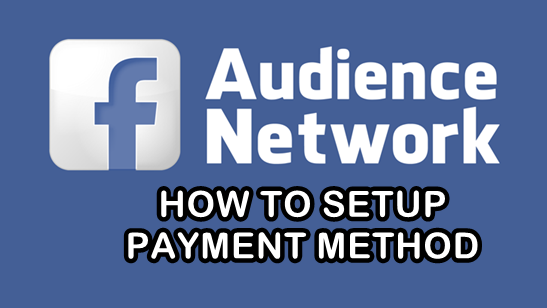How to Launch a Marketplace Platform : The digital marketplace ecosystem has experienced tremendous growth in 2025, fueled by evolving consumer behaviors, advanced technology, and accessible development tools. Marketplaces have become a cornerstone of modern commerce, connecting buyers and sellers in seamless, scalable ways.
Table of Contents
Whether you aim to build a B2C, B2B, or niche marketplace, launching a platform today requires careful planning, strategic execution, and ongoing optimization. This guide provides a detailed roadmap for entrepreneurs and businesses to successfully launch a marketplace platform in 2025.
1. Understanding the Marketplace Model

A marketplace platform acts as an intermediary connecting buyers and sellers. Unlike traditional e-commerce stores that hold inventory, marketplaces facilitate transactions and earn revenue through various monetization strategies. Understanding different marketplace models is crucial:
- B2C (Business-to-Consumer): Platforms like Amazon and Flipkart sell products directly from multiple vendors to consumers.
- B2B (Business-to-Business): Platforms like Alibaba connect businesses, focusing on bulk transactions and specialized products.
- C2C (Consumer-to-Consumer): Platforms like OLX and Quikr enable peer-to-peer transactions, emphasizing trust and ease of use.
Choosing the right model depends on your target audience, product types, and scalability goals.
2. Conducting Market Research and Validation
Before investing in technology, validate your marketplace idea:
- Identify Target Audience: Analyze demographics, preferences, pain points, and purchasing behaviors.
- Analyze Competitors: Study competitors to find gaps, strengths, weaknesses, and differentiation opportunities.
- Test Value Proposition: Launch an MVP (Minimum Viable Product), surveys, or focus groups to gather feedback.
Validating your marketplace idea ensures there’s genuine demand and helps refine your offerings.
Also Read : Top Online Business Trends for 2025 : Comprehensive Guide
3. Defining Your Business Model and Monetization Strategy
Your business model outlines how your platform will operate and generate revenue. Popular models include:
- Commission-Based: Charging a percentage of every transaction.
- Subscription-Based: Recurring fees for sellers or buyers to access premium features.
- Listing Fees: Charging sellers to list products or services.
- Freemium Models: Basic access for free, with paid advanced features.
- Advertising Revenue: Selling ad placements to vendors or brands.
Choosing the right model is key to profitability while maintaining value for users.
4. Designing a User-Centric Platform
User experience (UX) is a critical factor in marketplace success:
- Intuitive Navigation: Easy search, filtering, and category organization.
- Mobile Responsiveness: Optimize for both smartphones and tablets.
- Fast Load Times: Minimize bounce rates with quick performance.
- Clear Calls-to-Action: Guide users through transactions effectively.
- Trust Signals: Include verified reviews, secure payment badges, and transparent policies.
A well-designed platform increases engagement, retention, and conversions.
5. Platform Development: Custom vs. Ready-Made Solutions
Marketplace development requires careful consideration:
- Custom Development: Offers full control over features and scalability, ideal for unique platforms.
- Marketplace Software Solutions: Platforms like Sharetribe, Yo!Kart, Arcadier, or Magento Marketplace provide ready-made solutions for faster deployment.
Key technical considerations include database structure, API integrations, search engine optimization, and mobile app development.
6. Implementing Secure Payment Systems
Security is non-negotiable for building trust:
- Multiple Payment Methods: Credit/debit cards, UPI, digital wallets, net banking, BNPL.
- Secure Transactions: Use encryption and comply with PCI DSS standards.
- Fraud Prevention: Implement AI detection, two-factor authentication, and monitoring.
Transparent transactions, instant settlements, and refund mechanisms enhance credibility.
7. Legal Compliance and Regulations
Ensuring compliance is critical to avoid legal risks:
- Data Protection: Adhere to GDPR, India’s Data Protection Act, and other privacy laws.
- Taxation Compliance: Handle GST, sales tax, or VAT for local and international transactions.
- Consumer Protection: Implement clear policies on refunds, authenticity, and dispute resolution.
Legal compliance builds trust and safeguards your marketplace.
8. Marketing and Launch Strategy

A successful launch requires marketing strategy and preparation:
- Beta Testing: Test with a limited audience to fix bugs and improve UX.
- SEO and Content Marketing: Optimize listings, categories, and content for high-ranking keywords.
- Social Media Campaigns: Leverage Insta, YT, FB, and LinkedIn.
- Influencer Partnerships: Collaborate to reach targeted audiences.
- Referral Programs and Incentives: Encourage early adoption among sellers and buyers.
A well-executed launch builds initial traction and credibility.
9. Scaling and Growth Optimization
After launch, focus on growth and optimization:
- Performance Monitoring: Track KPIs like transaction volume, average order value, and retention.
- User Feedback: Continuously improve UX and features.
- Expansion: Add new categories, enter new regions, or introduce additional services.
- Customer Support: Combine AI chatbots and human agents for timely resolutions.
Optimizing your marketplace ensures long-term sustainability.
10. Embracing Emerging Trends
To remain competitive in 2025, integrate future-oriented technologies:
- Artificial Intelligence: Personalize recommendations, automate support, and analyze user behavior.
- Blockchain Technology: Secure transactions and enhance transparency.
- Sustainability Practices: Promote eco-friendly operations and ethical sourcing.
- Mobile-First and Voice Commerce: Enhance mobile and voice-assisted shopping experiences.
- Social Commerce: Integrate with social media for discoverability and sales.
Staying ahead of trends ensures relevance in a rapidly evolving digital landscape.
11. Community Building and Engagement

Successful marketplaces foster communities:
- Seller Forums and Buyer Reviews: Encourage interaction and feedback.
- Loyalty Programs and Gamification: Incentivize engagement and repeat usage.
- Trust-Building Initiatives: Verified seller badges, dispute resolution, and refund transparency.
Engaged communities drive loyalty and organic growth.
12. Logistics and Supply Chain Integration
For physical goods marketplaces, logistics is critical:
- Order Fulfillment: Ensure timely deliveries and accurate tracking.
- Inventory Management: Real-time inventory updates for sellers.
- Partnerships with Logistics Providers: Optimize shipping costs and efficiency.
For digital goods, focus on secure and efficient delivery and access control.
Buy Now : Online Jewellery Shopping Website
13. Funding and Investment Considerations
Financing can accelerate growth:
- Bootstrapping: Suitable for niche marketplaces with limited scale.
- Venture Capital: Required for large-scale operations or rapid expansion.
- Investor Pitching: Demonstrate demand, traction, revenue potential, and scalability.
Transparent financial planning strengthens investor confidence and ensures long-term sustainability.
How to Launch a Marketplace Platform – Conclusion

Launching a marketplace platform in 2025 requires a multi-faceted approach combining market research, business modeling, platform design, secure payments, legal compliance, marketing, community building, and growth optimization. By understanding market dynamics, leveraging emerging technologies like AI and blockchain, and focusing on user-centric design, entrepreneurs can create a marketplace that attracts buyers, empowers sellers, and scales sustainably. Marketplaces that innovate, adapt to trends, and prioritize value creation will dominate the competitive landscape in 2025 and beyond.
Keywords : How to Launch a Marketplace Platform – How to Launch a Marketplace Platform?
